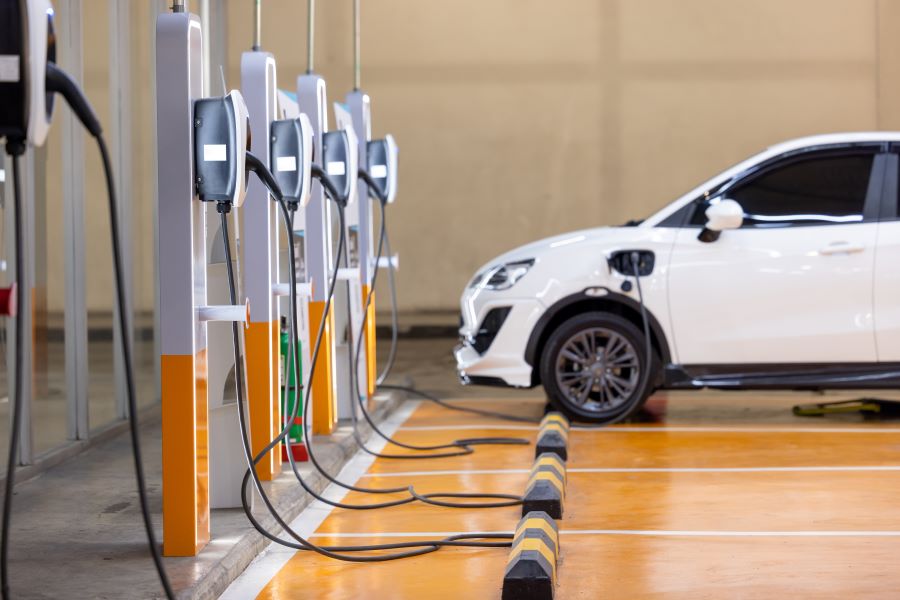Understanding Power Generators for Reliable Home Backup
When the lights go out unexpectedly, having a reliable power generator can make all the difference. Whether you're facing frequent outages or simply want peace of mind during storm season, understanding your options for home backup power is essential. This guide explores the types of generators available, what to consider when selecting a standby unit, and the real-world costs involved in keeping your home powered when the grid fails.

Power outages can strike at any moment, leaving households without electricity for hours or even days. For UK homeowners, investing in a dependable backup power solution has become increasingly important. From portable units to permanently installed systems, the market offers various options tailored to different needs and budgets.
What Makes a Reliable Home Backup Power Solution
Selecting the right generator involves understanding your household’s power requirements. Start by calculating the total wattage of essential appliances you need to run during an outage, including refrigerators, heating systems, lighting, and communication devices. Generators are typically rated by their output capacity, measured in kilowatts (kW). A typical UK home may require anywhere from 5kW to 20kW depending on size and usage patterns. Standby generators, which activate automatically during power failures, offer seamless transitions and are ideal for those who travel frequently or require uninterrupted power for medical equipment. Portable generators provide flexibility and lower upfront costs but require manual setup and fuel management.
Choosing a Standby Generator That Fits Your Needs
Standby generators are permanently installed outside your home and connected directly to your electrical system. They monitor incoming power continuously and switch on within seconds of detecting an outage. When evaluating standby units, consider fuel type, as most run on natural gas or liquid petroleum gas (LPG), both readily available in the UK. Natural gas models connect to your existing gas line, eliminating the need for fuel storage, while LPG systems require a storage tank but offer flexibility in areas without gas infrastructure. Look for features such as automatic transfer switches, weatherproof enclosures, and remote monitoring capabilities. Noise levels matter too, especially in residential areas, so check decibel ratings before purchasing. Regular maintenance, including oil changes and battery checks, ensures your standby generator remains ready when needed.
Exploring Different Generators for Home Use
Beyond standby systems, homeowners can choose from several generator types. Portable generators are the most affordable option, ranging from small recreational units to larger models capable of powering essential circuits. Inverter generators produce cleaner power suitable for sensitive electronics and operate more quietly than conventional models, though at a higher price point. For those seeking eco-friendly alternatives, solar-powered battery systems store energy from photovoltaic panels, providing silent, emission-free backup power. However, these systems depend on adequate sunlight and may require substantial battery capacity for extended outages. Dual-fuel generators offer versatility by running on either petrol or LPG, allowing you to switch fuels based on availability and cost.
Understanding Power Backup for Home Costs and Pricing
The financial investment in backup power varies significantly based on system type, capacity, and installation complexity. Portable generators typically cost between £300 and £2,000, depending on wattage and features. Mid-range inverter models suitable for powering essential appliances generally fall between £800 and £1,500. Standby generators represent a larger investment, with units ranging from £2,500 to £7,000 before installation. Professional installation adds £1,000 to £3,000, depending on electrical work required, gas line connections, and local building regulations. Ongoing costs include fuel, routine maintenance (approximately £150 to £300 annually for standby units), and potential repairs. Solar battery systems can exceed £5,000 for adequate capacity, though government incentives may offset some expenses.
| Generator Type | Typical Provider | Cost Estimation |
|---|---|---|
| Portable Generator (5-7kW) | Honda, Hyundai, Champion | £500 - £1,200 |
| Inverter Generator (3-4kW) | Yamaha, Briggs & Stratton | £800 - £1,500 |
| Standby Generator (10-15kW) | Generac, Kohler, Cummins | £3,500 - £6,000 (unit only) |
| Installation (Standby) | Local Electricians | £1,000 - £3,000 |
| Solar Battery System (5-10kWh) | Tesla, Sonnen, LG | £4,000 - £8,000 |
Prices, rates, or cost estimates mentioned in this article are based on the latest available information but may change over time. Independent research is advised before making financial decisions.
Practical Backup Power Solutions for Modern Homes
Implementing an effective backup power strategy goes beyond purchasing equipment. Consider a transfer switch installation, which safely isolates your home from the grid during generator operation, preventing dangerous backfeeding. Some households opt for partial-home backup, powering only critical circuits to reduce generator size and fuel consumption. Smart home integration allows remote monitoring and control via smartphone apps, providing status updates and maintenance alerts. For extended outages, fuel storage becomes crucial. Petrol degrades over time, so use fuel stabilizers and rotate stock regularly. Natural gas and LPG systems avoid this issue but may face supply interruptions during widespread emergencies. Noise ordinances in your local area may restrict generator operation hours, particularly for portable units, so verify regulations before installation.
Making an Informed Decision on Home Power Backup
Before committing to a backup power system, assess your specific requirements and budget constraints. Frequent, long-duration outages justify the investment in standby generators, while occasional brief interruptions may only warrant a portable solution. Consult with qualified electricians who understand local building codes and can properly size your system. Request multiple quotes and verify installer credentials and insurance coverage. Consider future needs as well, such as electric vehicle charging or home expansions that may increase power demands. Warranty coverage varies significantly between manufacturers, so review terms carefully, paying attention to engine, alternator, and parts coverage duration.
Investing in reliable backup power provides security and convenience during unexpected outages. By understanding the available options, real-world costs, and practical considerations, UK homeowners can select a solution that protects their families and property while fitting within their budget. Whether you choose a portable unit for occasional use or a fully automated standby system, proper planning and professional installation ensure your backup power performs when you need it most.




